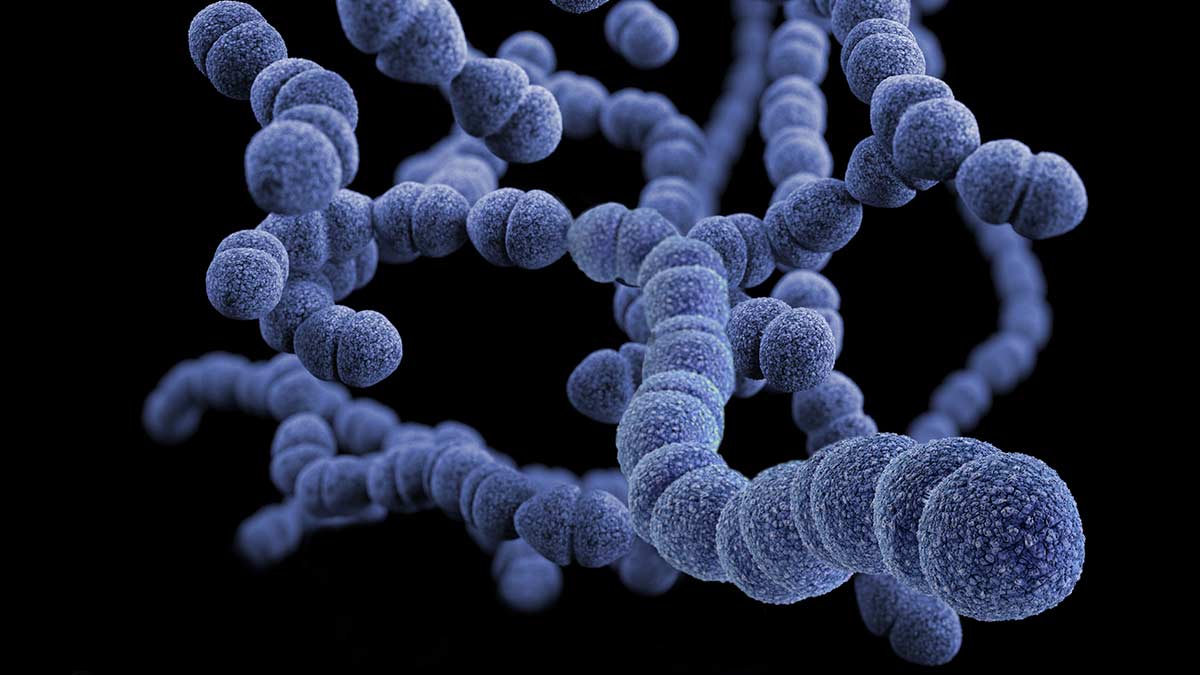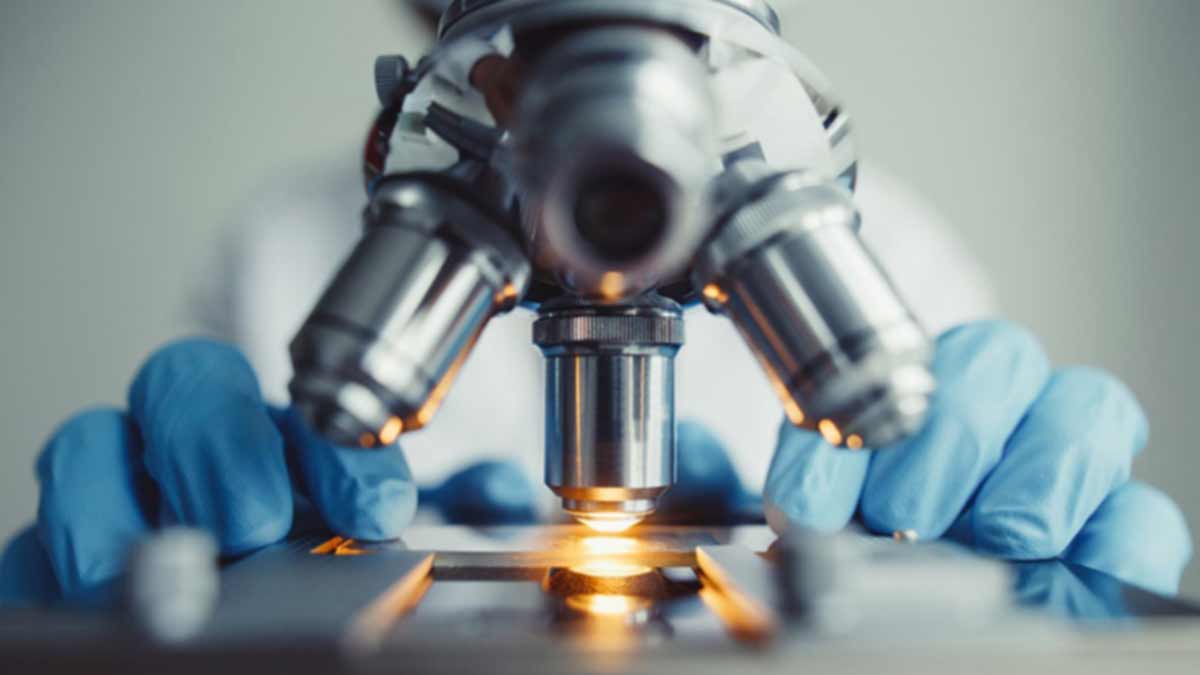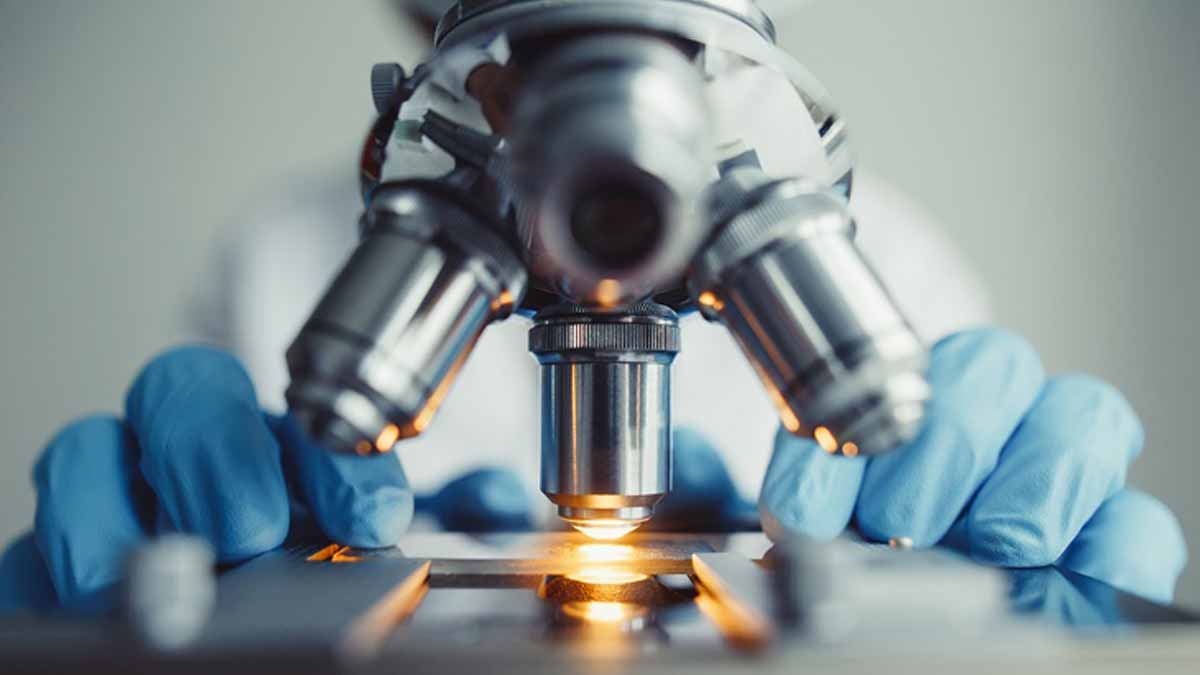Prospective novel therapies to mitigate immunopathology of cutaneous leishmaniasis
In response to parasitic infections, the immune system can pose as both a friend and foe, explains Fernanda Novais, PhD, assistant professor of Microbial Infection and Immunity at The Ohio State University College of Medicine. Focusing on the parasite leishmania, which causes cutaneous leishmaniasis (CL), she studies this paradox to better understand contributing components to the immunopathology, as well as prospective novel therapies.
The pathology of CL is partly determined by the immune response developed upon infection. Though some infections are self-healing, the immune response can induce increased inflammation, severe lesions and even parasite metastasis to the nasopharyngeal mucosa causing chronic disfiguration. Addressing the absence of a vaccine and an effective drug therapy for CL, as well as the need for treatments that mitigate excessive immune responses to parasitic infections, Dr. Novais has dedicated more than 18 years to researching different aspects of CL. Her newer research seeks to find novel therapies for this disease.
Dr. Novais’ more recent work spans back to 2013, when she first showed that CD8 T cells mediate immunopathology in CL. Dr. Novais expanded her findings with her genomic profiling study on human Leishmania braziliensis lesions. Comparing lesion biopsies from infected patients with normal skin biopsies, Dr. Novais sought to better understand the immune pathways involved in lesion development. She found over 2,000 genes involved in the formation of the lesion, revealing key biological pathways and a testable hypothesis that were then used in mouse models to find new treatments of human leishmaniasis.
In mice, Dr. Novais showed in this study how CD8+ T cells mediate inflammation.
“While we initially found that deregulated CD8+ T cell cytotoxicity plays a central role in enhancing disease severity in CL, we had at the time little understanding of the mechanisms by which immunopathology develops as a consequence of cytotoxicity,” says Dr. Novais.
She found that the NLRP3 inflammasome activation was a consequence of CD8+ T cell cytotoxicity, and that blocking this inflammasome alleviated immunopathology. This finding introduced a new avenue for exploration in the treatment of CL and other pathologies mediated by CD8+ T cells.
Continuing to explore the role of immunity-related genes in the pathology of CL, Dr. Novais found potential in analyzing genes during the diagnosis stage to predict the treatment outcomes of infected individuals. She participated in a study that looked at the profiles of biopsies from patients who had not yet been treated for their leishmania infection. Dr. Novais and her team were able to demonstrate that the levels of transcripts, or gene expression, for components of the cytotoxic and inflammasome pathways were able to predict treatment outcome. This opened the possibility for more precise treatment approaches, and evidencedthe value of employing transcriptional profiling to better understand the diverse clinical outcomes of parasitic infection.
She built off of her findings with CD8+ T-cell cytotoxicity and her hypothesis that inhibiting this component would reduce disease severity. She found that administering the drug tofacitinib reduced the development of severe lesions without negatively impacting the immune’s healing response to the parasitic infection. Her findings suggest using this treatment as a supplement alongside antiparasitic drugs. Further, this reinforces the concept of introducing host-directed therapies into the world of parasitic treatment.
The Novais lab, guided by its specific interest in understanding the relationship between leishmaniasis and T cells, will continue to operate with cutting-edge tools to interpret the crosstalk between tissue and immunity.
“Now that we understand the downstream events of cytotoxicity promoting disease, we are asking why CD8 T cells behave the way they do in the first place,” says Dr. Novais. “What are the components in those lesions that promote pathogenesis instead of protection? This is an exciting question that is the main focus of my lab at the moment.”
Dr. Novais’ research is a step in the right direction not only toward updating archaic treatment protocols for leishmaniasis, but also in minimizing immunopathologies.
“Leishmaniasis is a disease that affects mainly poor communities and, unfortunately, new therapies to treat this disease are lacking,” says Dr. Novais. “In Brazil, where I work with patients, people are treated with a 70-year-old drug that is highly toxic and requires multiple rounds of treatment. We think this drug is so ineffective because it targets the parasite, but we know these patients’ lesions are also a result of immunopathology. So, understanding these detrimental immune responses is critical to provide new strategies to ameliorate disease.”



